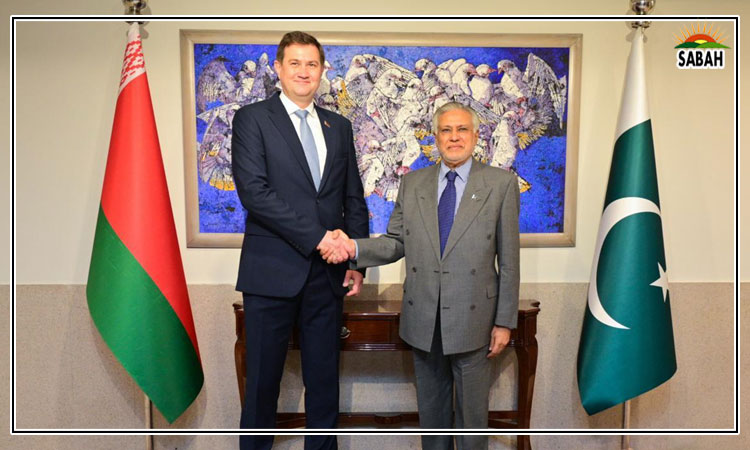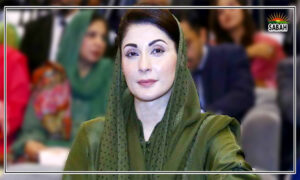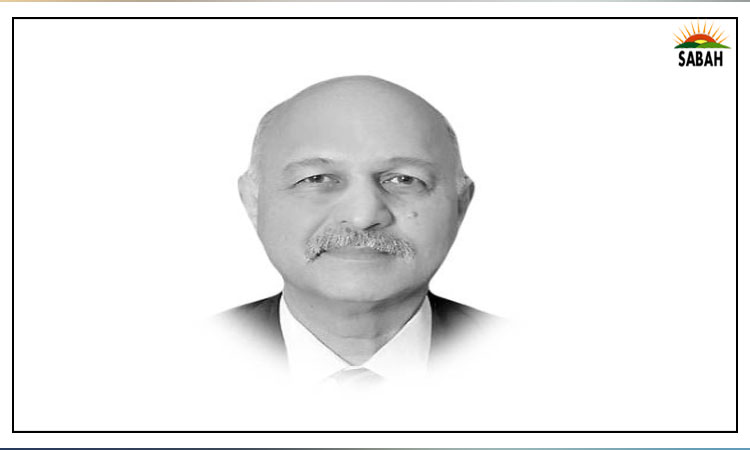The unseen threat … Amna Hashmi
In an increasingly interconnected world, the threat of financial crimes is evolving, with digital advancements offering both opportunities and vulnerabilities. Among the most significant challenges facing global financial systems is the rise of money laundering and terror financing, often hidden behind the complex digital infrastructure of modern economies. This issue, while frequently acknowledged, is not always met with adequate vigilance, particularly in regions grappling with internal conflicts and external extremist threats.
A report from the Financial Action Task Force (FATF), released in June 2024, highlights the pressing need for improvements in the anti-money laundering (AML) and combating the financing of terrorism (CFT) measures of several countries, including North Korea, Kuwait and India. The more recent evaluation report, published in September 2024, identified critical deficiencies in India’s framework, such as prosecution delays, oversight of non-profit organisations (NPOs) and stringent monitoring of politically exposed persons (PEPs). The FATF acknowledged some progress but emphasised that significant structural changes are essential for countries to align with international standards.
Among the nations scrutinised in the report, North Korea remains a significant concern due to its persistent evasion of financial regulations, enabling the state to facilitate illicit activities, including the funding of its nuclear programme. Kuwait, while not under the same level of scrutiny as India or North Korea, still faces challenges related to regulatory compliance in sectors susceptible to money laundering.
Another important question described in the FATF report is the use of the digital economy for the settlement of illicit activities. The increase in digital transactions and the use of cryptocurrencies has created an environment in many countries for money laundering and terror financing. Lacking strict control, these platforms can be misused by radical movements. For instance, terror groups such as ISIL and Al-Qaeda in India have been found to exploit weaknesses in the financial system to gather and transfer cash. The expansion of this footprint of terrorism financing presents direct threats to national security, and requires prompt action.
FATF also raised concerns in the following areas: the measures applied to PEPs and the Designated Non-Financial Businesses & Professions (DNFBPs), including the gems and jewelry market. These sectors are very vulnerable to being used for money laundering and financing of terrorism. The FATF report is particularly focused on the non-compliance of the domestic PEPs with regard to their sources of income and beneficial ownership, while calling for the better definitions and the strengthening of the rules.
These delays are even more damaging to AML/CFT frameworks since they emanate from the prosecution side. The FATF has specified that member countries should step up efforts in addressing pending money laundering trials and enhance responses to other related offences such as human trafficking and drug related offences. The legal system must work fast to prevent other cases of financial crimes, but most jurisdictions are plagued with congestion in their judicial systems hence promote impunity.
However, internal conflict and extremism also worsen the position regarding financial security. The FATF report expresses worries about insurgencies in areas such as Northeast India where several groups are in a position to mobilise and transfer funds effectively. The same can be seen in other countries experiencing internal turmoil. Drug trafficking and cash based transactions are still the most common sources of money laundering in the world and this has made a direct correlation between instability and financial crime.
Strengthening AML/CFT measures is not just a technical requirement, it is a critical aspect of national security for all nations. As financial crimes continue to evolve, strategies to counter these threats must also adapt. Addressing these challenges head-on is vital for mitigating risks and protecting the integrity of global financial systems in the face of an unseen threat that looms ever larger.
Courtesy













